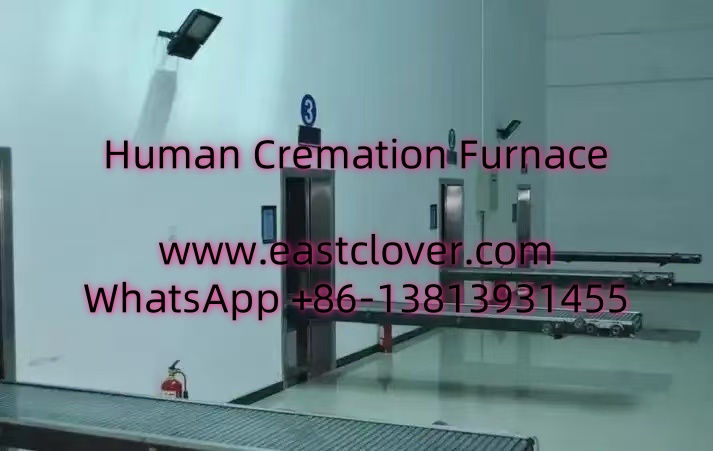The Shift Toward Cremation in Suburban Communities
In recent years, suburban areas have witnessed a significant shift in end-of-life practices, with cremation emerging as a preferred choice over traditional burials. This trend reflects broader societal changes, including urbanization, environmental concerns, and evolving cultural attitudes toward death. Suburban cremation furnaces, once rare, are now becoming integral to local infrastructure, offering families convenience, affordability, and personalized memorialization options.
The rise of cremation aligns with the growing preference for simplicity and flexibility. Unlike traditional burials, which require land use and ongoing maintenance, cremation reduces the physical footprint of memorialization. Suburban communities, often characterized by limited cemetery space and a focus on sustainability, are increasingly adopting cremation as a practical solution.
Understanding Suburban Cremation Furnaces
Modern cremation furnaces, also known as retorts, are highly specialized machines designed to operate at extreme temperatures (1,400–1,800°F) to reduce human remains to bone fragments, which are then processed into ashes. Suburban facilities prioritize efficiency, safety, and environmental compliance, utilizing advanced filtration systems to minimize emissions and energy consumption.
Local crematories in suburban areas often distinguish themselves through personalized services. Many offer witness cremation options, allowing families to be present during the process, as well as eco-friendly alternatives such as biodegradable urns or memorial gardens. These features cater to a community-oriented clientele seeking meaningful and accessible end-of-life care.
Factors Driving Demand for Local Cremation Services
1. Urbanization and Space Constraints
As suburbs expand, available land for cemeteries diminishes. Cremation offers a space-efficient alternative, easing pressure on local governments and private developers. Families also appreciate the portability of ashes, which can be scattered, stored at home, or divided among relatives.
2. Cost Considerations
Cremation is generally more affordable than traditional burial, which involves expenses for caskets, plots, and headstones. Suburban middle-class families, in particular, are drawn to the cost-effectiveness of cremation, especially during economic uncertainty.
3. Environmental Awareness
Younger generations prioritize sustainability, and cremation is often perceived as a greener option. While debates about its carbon footprint persist, modern furnaces with reduced emissions and mercury-abatement technology appeal to eco-conscious communities.
4. Cultural and Religious Shifts
Once stigmatized in certain cultures, cremation is now widely accepted. Religious institutions, including some Christian denominations, have relaxed prohibitions, aligning with societal trends toward individualism and flexibility in memorial practices.
Challenges and Considerations
Despite its advantages, the rise of suburban cremation furnaces has sparked debates. Zoning laws and community opposition sometimes delay the construction of new facilities due to concerns about pollution or property values. Additionally, the emotional aspect of cremation—such as the lack of a physical gravesite—can be a hurdle for families accustomed to traditional mourning rituals.
Regulatory compliance is another critical factor. Crematories must adhere to strict environmental and operational standards, requiring significant investment in technology and staff training. Smaller suburban providers may struggle to compete with larger, established urban facilities.
www.southclover.com
The growing demand for suburban cremation services reflects a transformative period in how societies approach death and memorialization. Local crematories, with their emphasis on accessibility, affordability, and environmental stewardship, are poised to play a central role in this evolution. As cultural norms continue to shift and suburban populations grow, the integration of cremation furnaces into community planning will likely become a necessity rather than a novelty. By addressing regulatory, environmental, and emotional challenges, suburban areas can ensure that end-of-life services remain compassionate, sustainable, and aligned with the values of their residents.
FAQs
1. How does a cremation furnace work?
A cremation furnace uses high heat to reduce remains to bone fragments, which are then processed into ashes. Modern systems include filters to capture pollutants and ensure compliance with environmental regulations.
2. Is cremation more eco-friendly than burial?
While cremation has a carbon footprint, newer technologies reduce emissions. Compared to traditional burial, which involves land use and non-biodegradable materials, cremation can be a more sustainable option.
3. Can families witness the cremation process?
Many suburban crematories offer witness cremation services, allowing families to be present during the process if desired.
4. What are the costs associated with cremation?
Costs vary by location and services selected, but cremation is generally less expensive than burial due to lower requirements for caskets, plots, and maintenance.
5. Are there religious restrictions on cremation?
Attitudes vary by faith, but many religions now permit cremation. It’s advisable to consult with religious leaders or funeral directors for guidance.

Comments are closed